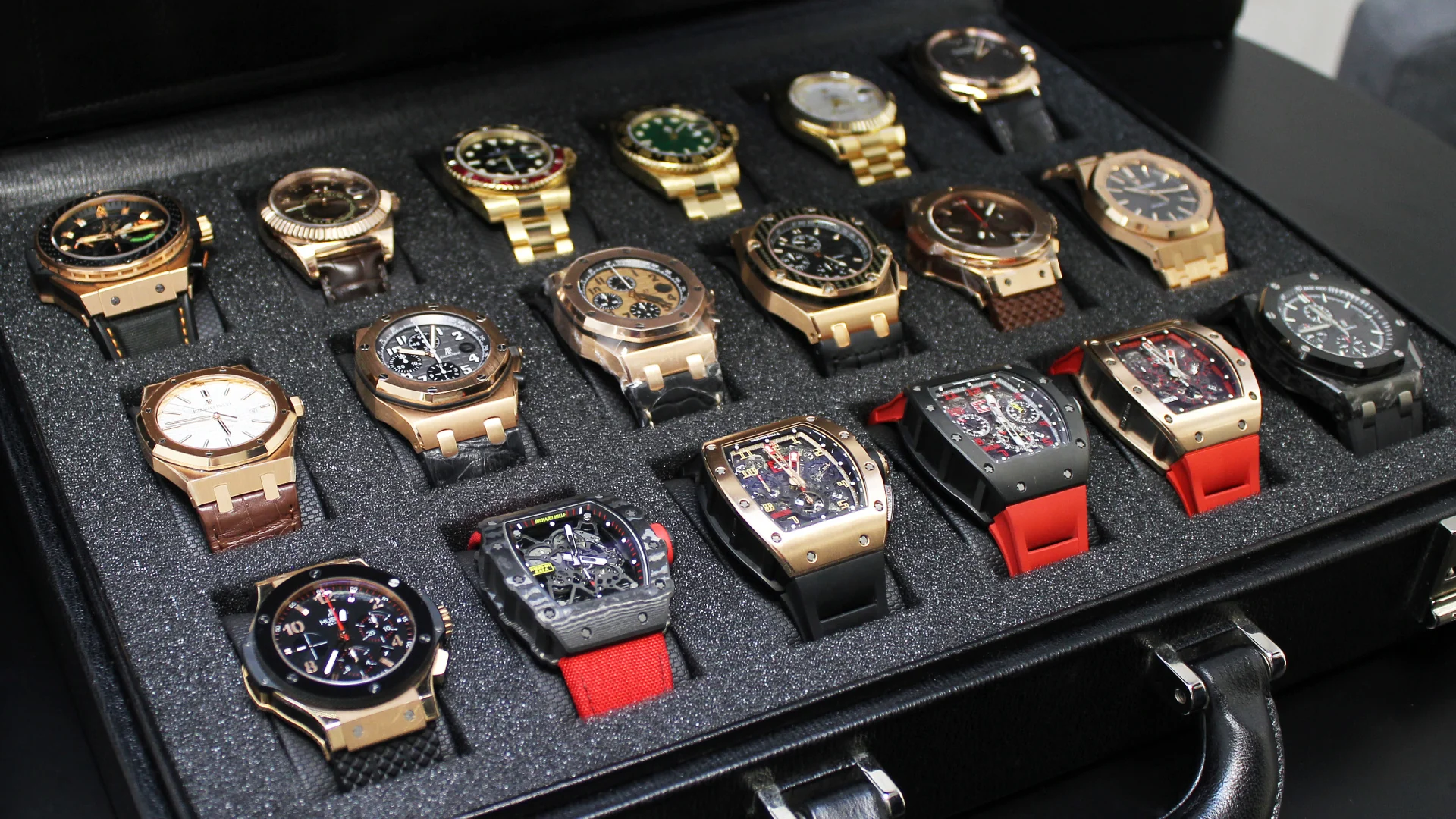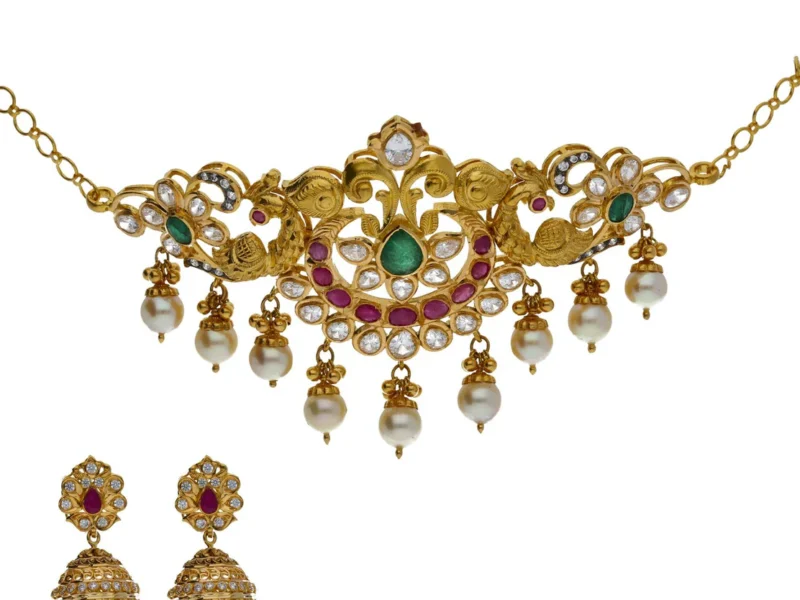The luxury watch market has a perception problem. Most people assume that buying pre-owned means settling for something less desirable, when the reality tells a completely different story. The secondary market for luxury timepieces has matured into a sophisticated space where value, authenticity, and quality meet in ways that often surpass what’s available at authorized dealers.
The Depreciation Advantage Works in Your Favor
Here’s what catches most first-time buyers off guard: luxury watches lose a significant chunk of their value the moment they leave the boutique. This isn’t about quality or craftsmanship declining—it’s simply how the market works. A brand new Omega Seamaster might retail for $5,500, but that same watch in excellent condition with box and papers could be found for $3,800 to $4,200 in the pre-owned market. That’s roughly 30% savings for what is essentially the same watch.
The depreciation curve hits hardest in the first few years of ownership. After that initial drop, many luxury watches stabilize in value or depreciate much more slowly. This means someone buying pre-owned is skipping the steepest part of the value loss. The previous owner absorbed that hit, and the next buyer gets to enjoy a watch that’s already found its market equilibrium.
Access to Models That Simply Aren’t Available Anymore
Walk into any authorized Rolex dealer today and ask for a Submariner or GMT-Master II. The waiting list stretches months or even years for popular references. But the pre-owned market operates on a different timeline entirely. Dealers who specialize in pre-owned pieces maintain inventory that’s available right now. No waiting lists, no uncertain timelines, just watches ready to purchase.
Beyond solving availability issues, the secondary market opens doors to discontinued references that have developed cult followings. The Rolex Explorer II 16570 with its distinctive white dial was discontinued in 2011, but it remains one of the most sought-after sport watches. The only way to own one is through the pre-owned market. Same goes for countless other references across every major brand—watches that developed character and appeal over the years but are no longer in production.
Quality and Longevity Aren’t Compromised
There’s a persistent myth that pre-owned watches are somehow lesser in quality or won’t last as long as new ones. This misunderstands how mechanical watches actually work. A properly serviced 20-year-old Rolex will perform just as reliably as one fresh from the factory. These aren’t disposable electronics with planned obsolescence—they’re mechanical instruments designed to last generations.
Reputable dealers in the pre-owned space understand this completely. Companies like Watchbook Singapore authenticate and verify every timepiece before listing, ensuring buyers receive exactly what they’re paying for. The servicing history, condition of the movement, and authenticity of parts all get checked by experienced professionals. In many cases, watches receive full servicing before sale, which means the new owner gets a timepiece that’s essentially reset to optimal performance.
The mechanical nature of luxury watches also means that age can work in a buyer’s favor. Many collectors specifically seek out watches with movements that have been “broken in” over years of regular wear. These movements have settled into their rhythm, and any initial manufacturing tolerances have worked themselves out through normal operation.
The Economics Make More Sense for Building a Collection
Someone with $15,000 to spend faces an interesting choice. That budget could buy one new luxury watch from a mid-tier brand at retail, or it could acquire two or three pre-owned pieces from top-tier manufacturers. The math changes the entire approach to collecting.
Building a diverse collection becomes realistic when working with pre-owned pieces. Instead of saving for years to afford a single Omega or Tudor at retail prices, collectors can acquire multiple references from respected brands while staying within reasonable budgets. This diversity matters because different watches suit different occasions, outfits, and moods. The variety enhances the ownership experience in ways that a single expensive watch cannot.
The financial flexibility extends to experimentation as well. Trying out different styles—dress watches, dive watches, chronographs—becomes possible without the massive financial commitment that retail pricing demands. Someone unsure whether they’ll enjoy wearing a manual-wind watch can test the waters with a pre-owned piece rather than dropping $8,000 on something they might not use regularly.
Certain Pieces Actually Appreciate Over Time
While most consumer goods lose value, some pre-owned luxury watches buck this trend entirely. Vintage Rolex sports models have shown remarkable appreciation over the past decade. References that sold for $3,000 in 2010 now command $12,000 or more, depending on condition and originality. The same pattern appears across other brands—vintage Omega Speedmasters, discontinued Patek Philippe Calatravas, and certain limited editions from independent manufacturers.
The appreciation potential isn’t guaranteed, and buying watches purely as investments rarely works out as planned. But the secondary market does offer possibilities that simply don’t exist with new purchases. A watch bought new loses value immediately. A carefully chosen pre-owned piece might hold steady, slowly appreciate, or even increase substantially if market conditions align.
What drives this appreciation? Scarcity plays a major role. When production ceases on a popular model, the remaining examples become increasingly valuable if demand persists or grows. Original condition matters tremendously—watches with all original parts, unpolished cases, and complete documentation command premiums that increase over time.
The Environmental and Practical Case
There’s something to be said for buying pre-owned from a sustainability angle. The watch already exists, the resources were already used, and giving it a second life with a new owner extends its useful lifespan. This isn’t the primary reason most people choose pre-owned, but it’s a legitimate consideration in an era where conscious consumption matters more.
From a practical standpoint, pre-owned watches also skip the break-in anxiety that comes with new purchases. That first scratch on a $7,000 watch hurts. But a pre-owned piece that already shows minor wear from previous ownership? The pressure disappears. The watch becomes something to actually wear and enjoy rather than a precious object to baby and protect from normal use.
Final Considerations
The pre-owned luxury watch market has evolved well beyond bargain hunting. It’s become the smarter way to acquire quality timepieces, offering immediate availability, significant savings, and access to references that new buyers simply cannot obtain. The stigma that once surrounded pre-owned purchases has faded as authentication methods improved and reputable dealers established trust.
For anyone considering a luxury watch purchase, exploring the pre-owned market first makes financial sense. The same quality, better prices, and more options create a compelling case that’s hard to ignore. The value proposition isn’t just about paying less—it’s about getting more watch for the money while joining a market that rewards knowledge and patience.


